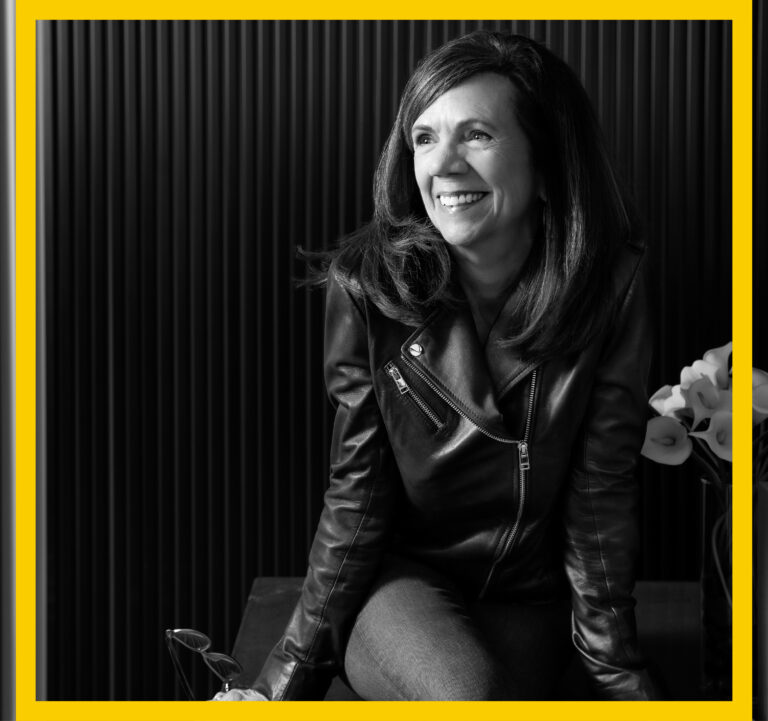×

There’s a growing gap in beauty retail that most brands don’t see coming. Our Director of Strategy, Alexa Jewell Schaefer, shares more in VMSD.

Our Chief Creative Officer, Ryan Brazelton, shares his perspective on how brands can stand out and offer unique value to customers in today’s landscape.
We were all there. Over two years ago, the world seemingly changed overnight. And the rules we followed every day were broken. We re-evaluated everything that was “expected” and became more skeptical of who and what we trust.
We have woken up to a new way of thinking. Why does one need to default to the way things have always been done? And the same goes for brands – thriving today means knowing it is time to bravely try something new, even when it feels like there are still a million rules to follow.
Picasso is famously credited for saying, “Learn the rules like a pro so you can break them like an artist.” Brands can succeed by breaking the rules, only if done purposefully, and ALWAYS in favor of the customer.
But where do you begin? Start by recognizing what it is that helps your brand stand out and the preconceived notions consumers might have. Then surprise them by showing how you defy their expectations and offer unique value. But what does that mean in practice? Here are some things to think about:
Design. Freshness. Value. Whatever. What makes you stand out that there’s no substitute for? How can you put that special thing front and center of your brand and actually live up to it?
When Target sparked the democratization of design two decades ago, it became the first retailer to forge partnerships with well-known and emerging designers to offer high style without the high price. Today, it has over 150 collabs, forever altering the fashion and style landscape – making it a retail game-changer. And if collabs are “branding’s latest obsession,” that makes Target the O.G.
Without a beloved brand that connects with people from the beginning, it would be a lot harder to get the masses to accept a different way of doing something they’ve been doing their whole lives. Just look at Jimmy John’s – quality has always been baked into the brand, which built its cult following. When their team came to us, calibrating how much change their loyal customers and long-term employees could accept was key to shaping the roadmap for the broader rebrand. Evolving the Jimmy John’s brand meant keeping the great DNA of the brand and looking at new restaurant concepts like its first-ever drive-thru only location – a physical representation of their “freaky fast” reputation.
Look at physical space as a place built to change and grow. Think of new experiences that are made to be modified. Nike’s approach is always best in class. Just look at its recent effort to tie together its loyalty program with one of its critical wholesale partners, Dick’s Sporting Goods. In many ways, this is representative of Nike’s strategy at large. Every store is different within the Nike framework, from the House of Innovation to Nike Live stores, and its wholesalers to Nike Factory stores. Nike defies expectations because it effectively connects the shopping experience so that a customer shopping on the app, online, in its stores, or even at wholesale partners remains in its central ecosystem.
The brands that break the rules and build lasting and meaningful connections will be the brands that breakthrough and win.
The good news is that it’s never too late to change. If nothing changes, then nothing changes. Thoughtfully and tactfully executed, change is good.


